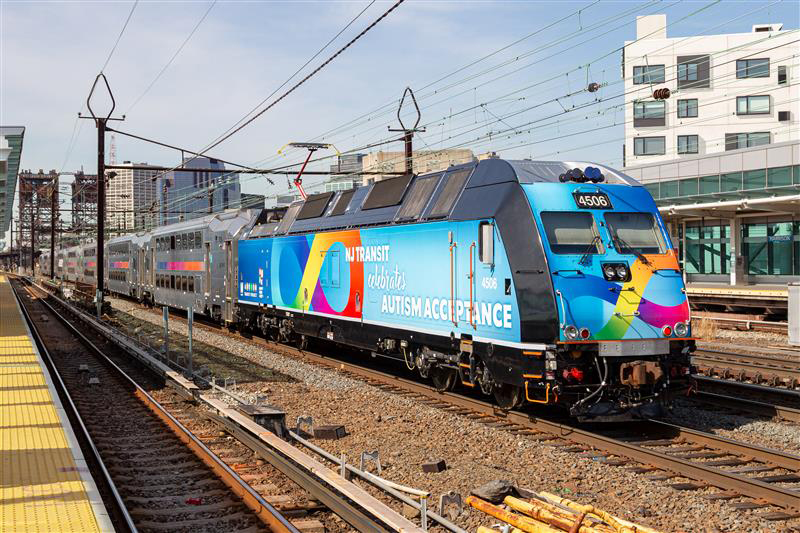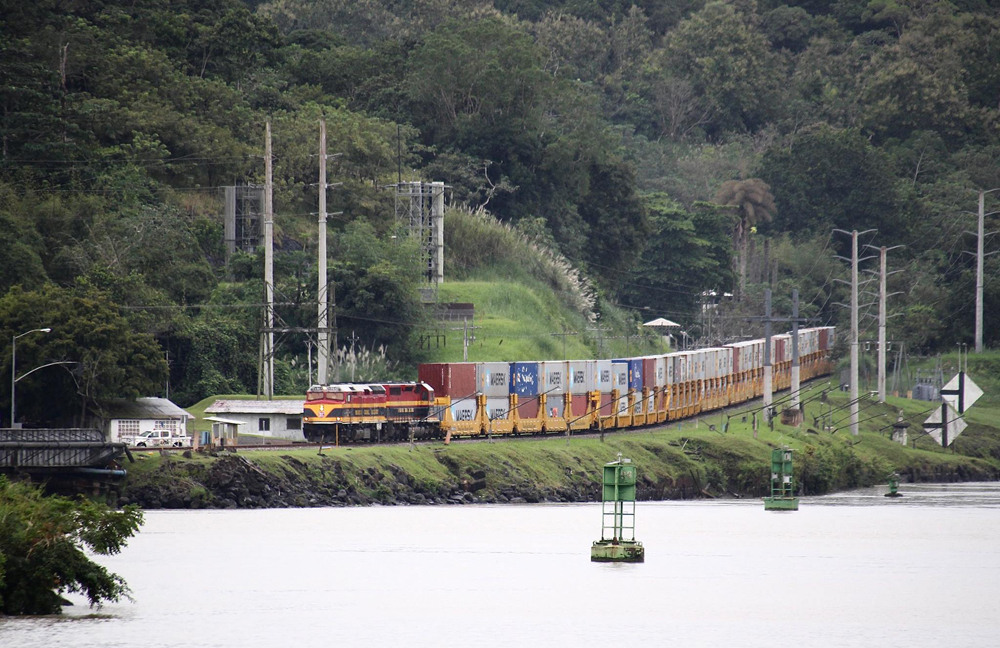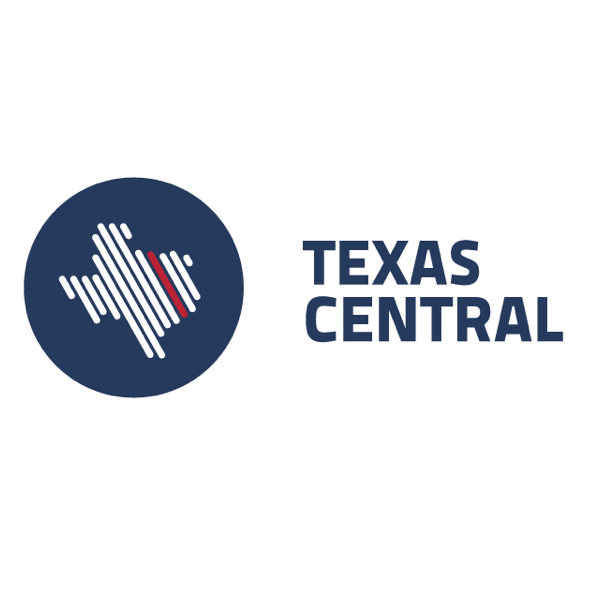If a train isn’t ready to leave when you are, you probably won’t take it. That’s the reality confronting Amtrak management and the states who sponsor passenger service as they attempt to chart a course for 2021 and beyond.
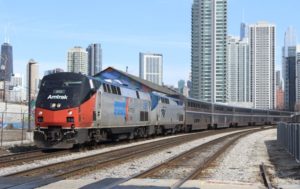
Until last March, the number of departures on rail corridors across the U.S. had been on a steady, if slow, rise since Amtrak’s inception nearly 50 years ago. The company’s national network fluctuated with its annual budget allotment, but regional service was a different matter. States initially had financial incentives to add trains on an avoidable-cost basis; eventually, this morphed into a uniform cost-allocation program under 2008’s Passenger Rail Investment and Improvement Act. By then, increased ridership led to line-item state budget entries that, along with ticket revenues, helped fund increasingly robust service.
Then the house of cards abruptly collapsed. COVID-19 lockdowns caused bookings to nosedive, and plummeting ticket revenue prompted Amtrak and sponsoring states to reduce departures on most multi-frequency corridors.
Amtrak was able to use $1 billion of federal pandemic aid to maintain daily operation on its national network without wholesale layoffs. That helped fill scheduling gaps which immediately surfaced on routes shared by state-supported trains. (For example, the Empire Builder added two stops normally served only by Chicago-Milwaukee Hiawatha service when the number of Hiawatha trains was reduced and, eventually, replaced by bus service.) Beginning in October, however, Amtrak withdrew four weekly long-distance departures on all of these corridors, further reducing rail options.
Other routes lost all service. These include:
— Both Amtrak Cascades round trips to Vancouver, B.C., the New York-Montreal Adirondack, and the Canadian segment of the New York-Toronto Maple Leaf. They were dropped when the Canadian-U.S. border closed. Service still isn’t running north of Seattle and Albany-Rensselaer, N.Y., even though intermediate communities could be served; the border remains closed at least through mid-January.
— The Vermont-sponsored Vermonter to St. Albans and Ethan Allen, to Rutland.
— Maine’s Downeaster, Michigan’s Pere Marquette, and Pennsylvania’s Keystones and New York-Pittsburgh Pennsylvanian operations. They quit for months, but have since resumed.
Amtrak made the unilateral decision to restore three Acela round-trips and more Northeast Regional trains June 1, without any solid evidence that Boston-Washington Northeast Corridor patrons would suddenly flock to the additional service. They haven’t, so far. Monthly Acela ridership through November has been stuck at about 10% of previous-year levels, when the speedsters ran every hour. Northeast Regionals and the average ridership on all state-supported routes stand at 20%.
Yet long-distance trains were able to maintain about 50% of the previous year’s counts through September before hovering around 30% in November, so providing frequency is clearly the key.
While demand continues to be weak, the poorest corridor performance comes from routes that have cut the most service. The Seattle-Eugene Amtrak Cascades and Chicago-Pontiac, Mich., Wolverine are still offering only one daily round trip. These and the multi-frequency corridors with a big daily commuter component like the Capitol, Pacific Surfliner, Hiawatha, and Piedmont have not risen much above 15% of last year’s monthly ridership.
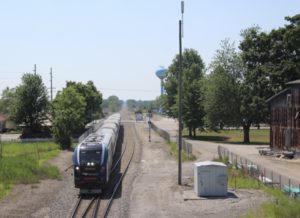
Now what?
Short-term, the ticket revenue won’t be there, and state operators will need to make the case with their financially strapped legislatures to make sure enough trains are available when people are ready to travel. Amtrak re-launched Acela in June, in part, to keep the premium brand alive as it prepares to reinvigorate it with new trainsets beginning in 2021 and 2022. State budgets will continue to be challenged, even if federal stimulus help arrives.
In the meantime, Amtrak and the states must get serious about promoting specific routes and enhancing travel-planning options other than expecting potential riders to log on to www.amtrak.com armed with origin and destination information. Other than recently adding printable schedules for the triweekly long-distance trains, no effort has been made to show trains side-by-side in a timetable.
The website has for months provided only a “Service adjustments due to the Coronavirus” list when someone asks for schedules, which doesn’t communicate when trains leave. Timings on corridors where state-sponsored and long-distance trains co-exist should be shown for both; this is especially true on Amtrak’s own Northeast Corridor. Even operating authorities like the Downeaster’s Northern New England Passenger Rail Authority, which has robust local outreach, don’t have schedules listed on Amtrak’s website.
After 2020’s lost year, how soon more service comes back depends on yet-to-be determined funding, plus the ability of Amtrak and its state partners to restore trains to capture increased demand.
Dates when that might happen, for now, are only tentative placeholders in the reservation system. For instance, a full slate of Midwest Corridor Michigan, Illinois, and Missouri trains don’t show up until Oct. 4; the Vermonter restoration date is set for Aug. 1, and the first day the Ethan Allen can be reserved is June 1.
But it’s not too early to formulate comprehensive promotional plans to tell people that the trains are back. Failing to do so well in advance puts the future of U.S. passenger rail at risk.






